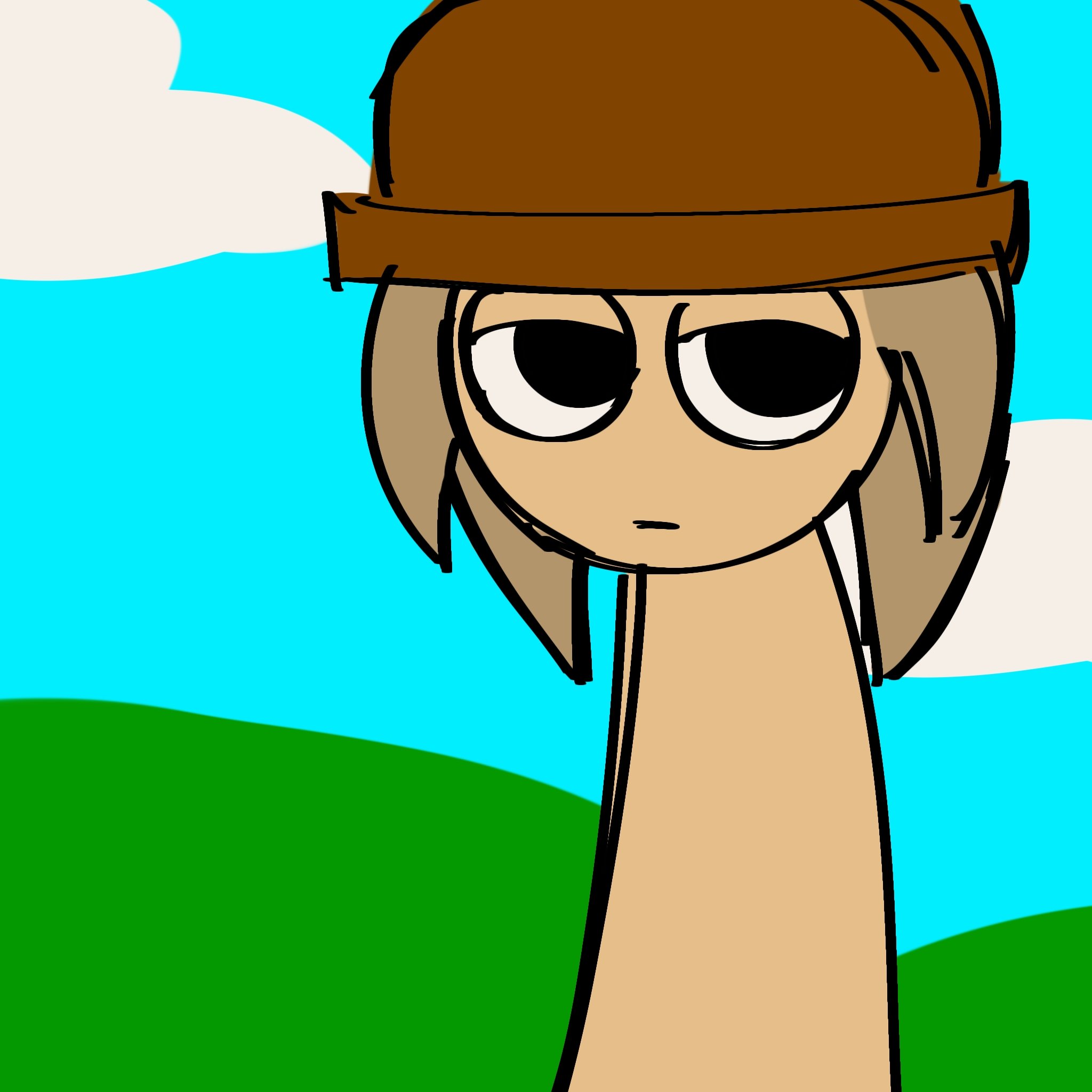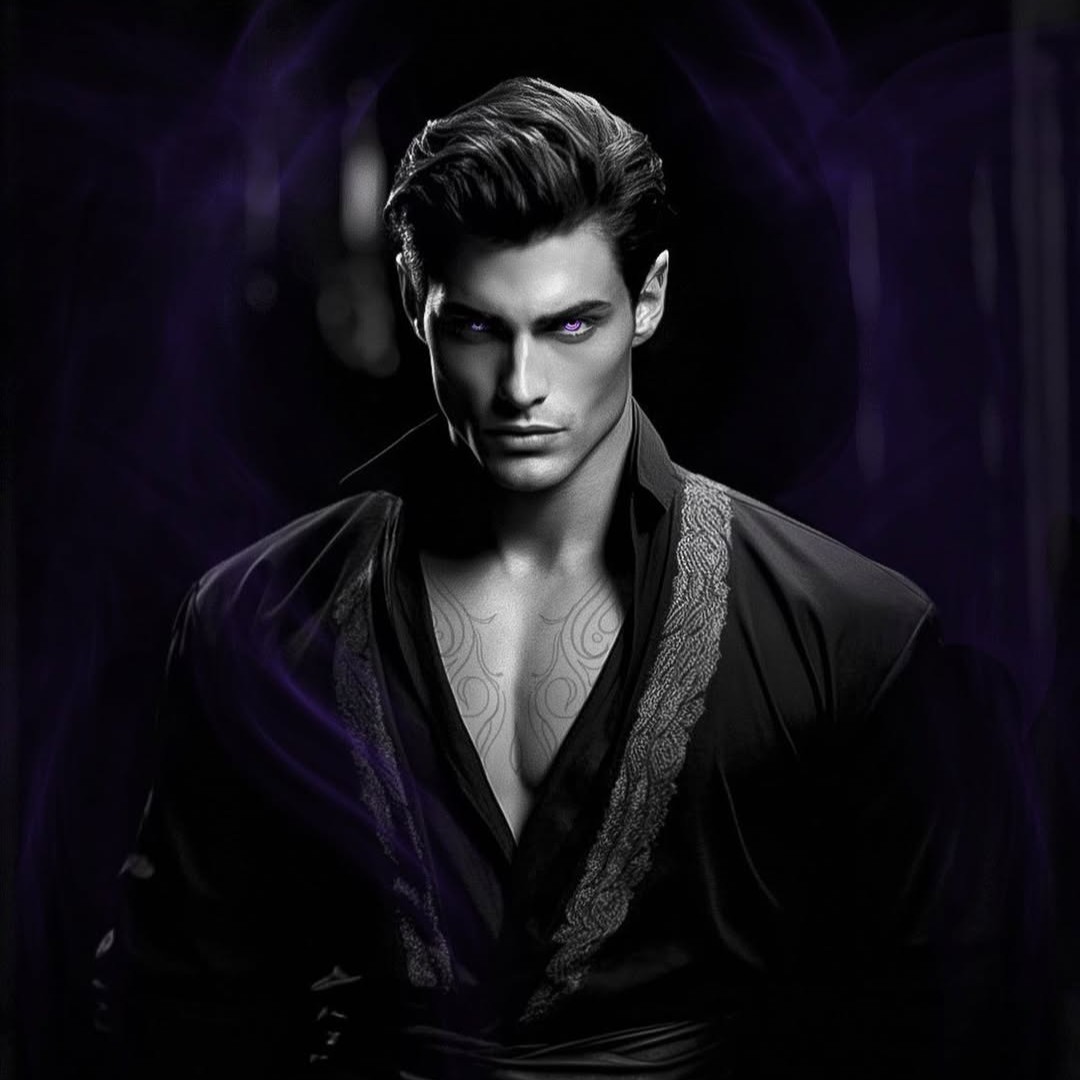The Comprehensive Analysis of Tunner from Sprunki: Character Design, Lore, and Cultural Impact
Sprunki, a popular fan-made mod of the music creation game Incredibox, features a diverse cast of characters, each contributing unique sounds and narratives to its vibrant world. Among these characters, Tunner stands out as a figure of complexity, blending musical functionality with rich backstory and emotional depth. This report explores Tunner’s design, role in gameplay, narrative significance, and cultural resonance, synthesizing information from primary sources, community contributions, and official mod descriptions.
Character Design and Visual Identity
Tunner’s visual design immediately distinguishes him within the Sprunki universe. Described as a tan-scaled humanoid with a “brown cappy fedora” and four downward-facing “sideburn-like ears,” his appearance merges Western aesthetics with alien features. His default mode portrays calmness, with relaxed facial features and a muted color palette that contrasts with the more vibrant Sprunki characters like Oren (orange) or Pinki (pink). This deliberate understatement reinforces his role as a “voice of reason” within the group.
In Horror Mode, Tunner’s design undergoes a stark transformation. A bullet hole pierces his fedora, accompanied by blood trails and darkened, mismatched eyelids that convey psychological distress. This shift from stability to vulnerability reflects Sprunki’s broader thematic exploration of duality, where cheerful surfaces mask underlying trauma. Notably, his scaled skin takes on a desaturated hue, symbolizing the erosion of his resilience. Artists on DeviantArt have expanded on this dichotomy, depicting Tunner’s horror form with exaggerated shadows and anatomical distortions to emphasize his emotional unraveling.
Gameplay Role and Musical Function
As the 15th character and 5th melody in Sprunki, Tunner contributes a whistled melody that serves as a foundational layer in musical compositions. His sound is characterized by a lo-fi, reverberating tone, achieved through audio plugins like Fruity Reverb 2, which adds a haunting quality in Horror Mode. Players note that his melody often acts as a counterpoint to more chaotic elements, such as Raddy’s percussive spikes or Jevin’s dissonant vocals, creating balance within tracks.
Interactive adaptations, such as Sprunki Retake’s “Interactive Tunner,” allow users to engage with his character beyond music. Players can adjust his hat, feed him virtual snacks, or trigger animations that reveal hidden expressions, deepening emotional engagement. These mechanics, while non-canon, reflect community interpretations of Tunner as a figure deserving of empathy, aligning with his lore as a “depressed sheriff”.
Narrative Arc and Origin Story
Tunner’s backstory is steeped in tragedy, a recurring motif in Sprunki’s lore. His “sad origin story” reveals a past as a lawman in a Wild West-inspired setting, where a confrontation with the antagonist Black left him physically and emotionally scarred. Sources suggest this showdown was rooted in a personal betrayal, with Black’s manipulation of other Sprunkis exacerbating Tunner’s isolation. The bullet wound in his Horror Mode fedora is explicitly linked to Wenda, another character, though conflicting accounts leave ambiguity—whether this was an act of external violence or self-inflicted.
His relationships further contextualize his narrative. Tunner shares a bond with Gray, a character noted for his emotional detachment, hinting at mutual understanding of loss. Conversely, his dynamic with Mr. Fun Computer—a creation of Clukr and Garnold—highlights his role as a protector, often intervening to shield younger characters like Sky (14 years old) from the mod’s darker forces.
Horror Mode: Psychological and Symbolic Dimensions
Tunner’s Horror Mode transformation serves as a microcosm of Sprunki’s exploration of mental health. The bullet wound, coupled with his “droopy” gaze and erratic animations, symbolizes depression and PTSD. Community analyses liken his design to depictions of veterans in media, where physical injuries metaphorize internal struggles. This interpretation is bolstered by fan headcanons that attribute his age (48 years) to lived trauma, positioning him as a paternal figure grappling with futility.
The technical aspects of his Horror Mode sound—a distorted version of his melody with added white noise—mirror this psychological unraveling. Audio designers note the use of a “wet” signal set to 125%, creating an underwater effect that evokes dissociation. Such details reinforce Tunner as a vehicle for Sprunki’s commentary on resilience amidst despair.
Cultural Impact and Community Engagement
Tunner’s complexity has made him a focal point for fan creativity. On DeviantArt, artists reimagine him in scenarios ranging from mundane (boating trips) to apocalyptic, often emphasizing his “calm before the storm” demeanor. YouTube animations, such as Sprunki Phase 3, cast him as a tragic hero resisting corruption, reflecting broader themes of redemption. Notably, his design has inspired cosplay, with fans replicating his fedora and scaled texture using materials like latex and felt.
The character’s popularity is further evidenced by AI chat integrations, where users engage with Tunner’s AI persona to explore hypothetical dialogues. These interactions frequently highlight his depression, with players expressing a desire to “comfort” him, underscoring his emotional relatability. However, debates persist within the fandom regarding his moral alignment, particularly his willingness to use violence, as seen in his firearm ownership.
For those interested in exploring Tunner’s persona interactively, visit Tunner Sprunki. This engaging bot experience offers fans an opportunity to converse with Tunner directly—where his dry wit, reflective nature, and captivating backstory come to life. His AI persona invites users to share stories, explore his lore, and delve into the rich tapestry of the Sprunki universe.
Conclusion
Tunner embodies the narrative and artistic ambitions of the Sprunki mod—a fusion of playful music-making and profound storytelling. His design, gameplay role, and lore coalesce into a character that resonates on multiple levels: as a melodic anchor, a tragic figure, and a symbol of endurance. Future research could explore his influence on modding communities or comparative analyses with other trauma-themed characters in indie games. For now, Tunner remains a testament to the depth achievable within fan-driven projects, inviting players to uncover layers of meaning beneath his stoic exterior.
This report synthesizes 17 sources to present a holistic view of Tunner, demonstrating how community creativity and modular game design intersect to create enduring digital personas.




